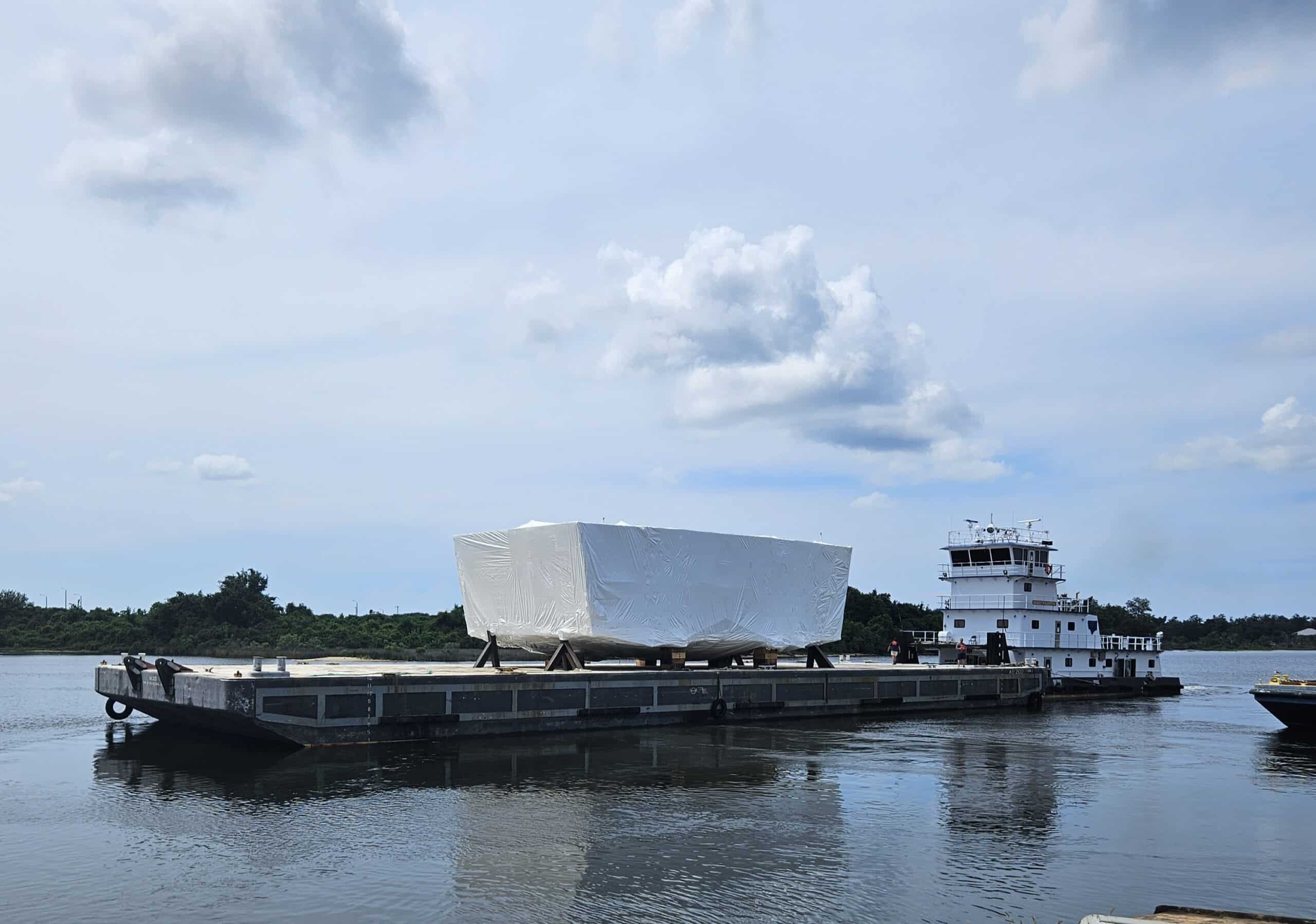U.S. Naval Shipyards Accelerating Outsourcing for New Construction Programs
U.S. Shipyards Embrace Outsourcing to Boost Production

In a significant shift to enhance shipbuilding capacity, U.S. naval shipyards are increasingly turning to outsourcing for new construction programs. The latest development involves the future USS Thad Cochran (DDG-135), which recently made its way from Eastern Shipbuilding in Florida to Ingalls Shipbuilding in Mississippi. This move is part of a broader strategy to alleviate workforce pressures and meet the growing demands of the U.S. Navy.
Outsourcing Strategy to Address Workforce Challenges
The Flight III Arleigh Burke-class guided-missile destroyer, the USS Thad Cochran, is constructed from numerous precisely manufactured steel components. Traditionally, these blocks were assembled at Ingalls Shipbuilding. However, following a successful pilot program involving six shipyards, Ingalls is now accelerating its outsourcing efforts to manage the workload more effectively. A spokesperson for Ingalls stated, “While we continue to grow our current skilled workforce, deploying a distributed shipbuilding approach provides the opportunity to increase throughput and reduce schedule risks.” This strategy aims to enhance the shipbuilding industrial base and fulfill the Navy’s increasing demand for new vessels.
The shipbuilding industry has faced significant challenges in expanding its workforce, particularly due to retirements and the impact of the COVID-19 pandemic. A recent study indicated that the Gulf Coast region, which includes major shipyards like Ingalls and Austal USA, needs an additional 5,000 workers over the next few years. This shortage could lead to construction delays for various ship classes. To mitigate this issue, HII has sought partnerships with other shipyards to produce simpler components, allowing Ingalls workers to concentrate on more complex assembly tasks.
HII, the largest shipbuilder in the U.S., has established outsourcing arrangements not only at Ingalls but also at its Newport News Shipbuilding facility in Virginia. The company has acquired a facility in South Carolina to manufacture modules for submarines and aircraft carriers. This distributed shipbuilding model is expected to enhance production capabilities for the Navy’s future fleet.
Collaborative Efforts to Strengthen Shipbuilding Capacity
In addition to HII’s initiatives, Austal USA has also announced outsourcing agreements to improve production efficiency. The company recently signed a memorandum of understanding with Master Boat Builders in Mobile, Alabama. This collaboration aims to streamline operations and reduce production bottlenecks for upcoming projects, including the LCU-1700 landing craft. Austal’s spokesperson emphasized the importance of this partnership, stating, “The timing wasn’t right before, but with today’s strong demand signal from the government, this is the right moment for us to step up.”
Other shipyards in the region, such as Bollinger, have long utilized outsourcing to optimize labor resources and accelerate project timelines. Bollinger CEO Ben Bordelon noted that the company employs over a dozen shipyards and fabrication facilities across multiple states to match the right work to the right yard while maintaining high standards for safety and quality.
As the Navy continues to push for increased shipbuilding output, the outsourcing trend is expected to grow. The Navy’s Maritime Industrial Base office has supported these efforts by investing over $200 million in projects aimed at expanding industrial capacity. While outsourcing presents potential quality control challenges, shipbuilders are implementing rigorous quality assurance measures to ensure that all components meet Navy specifications. As the industry adapts to these changes, the focus remains on delivering essential naval platforms efficiently and effectively.
